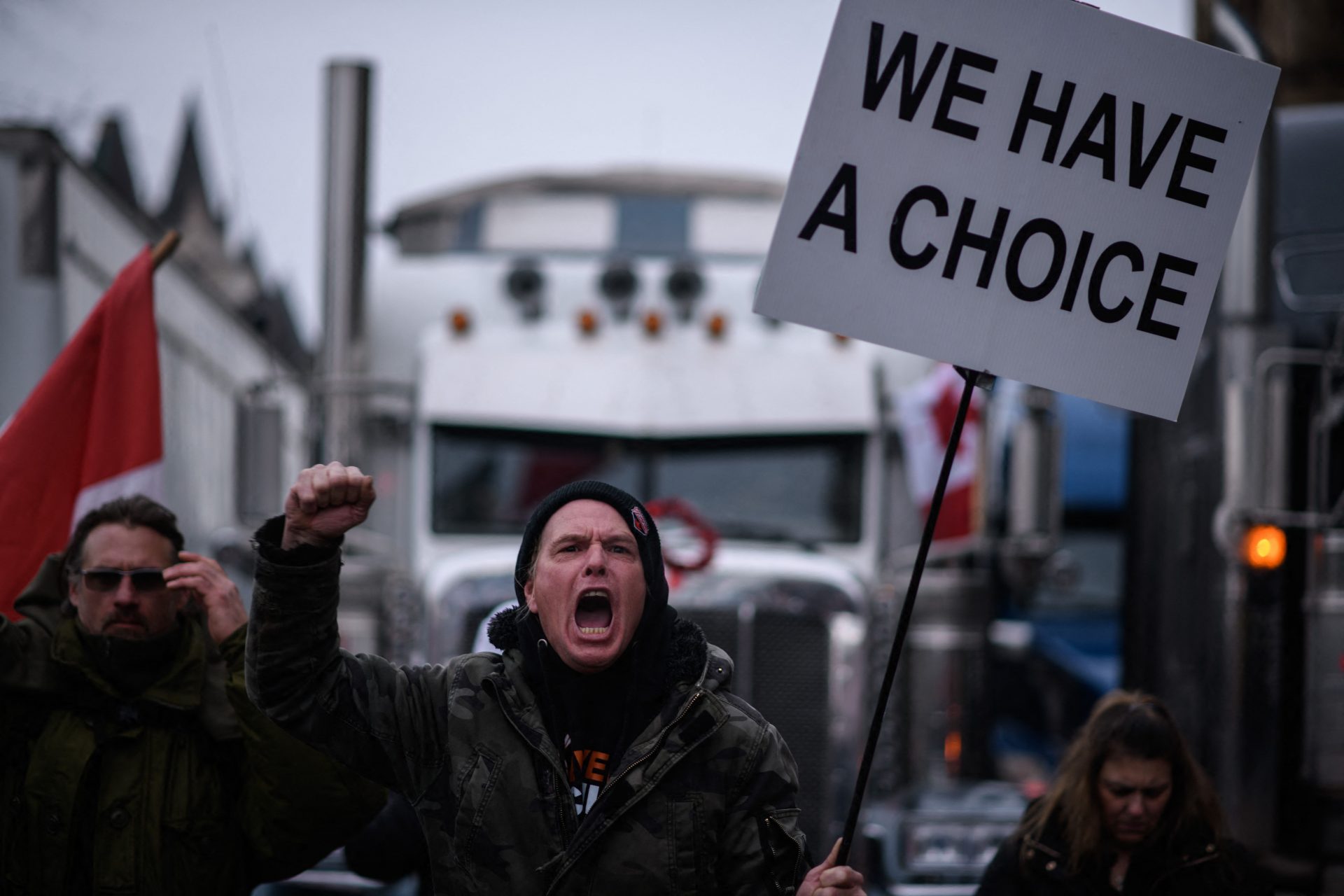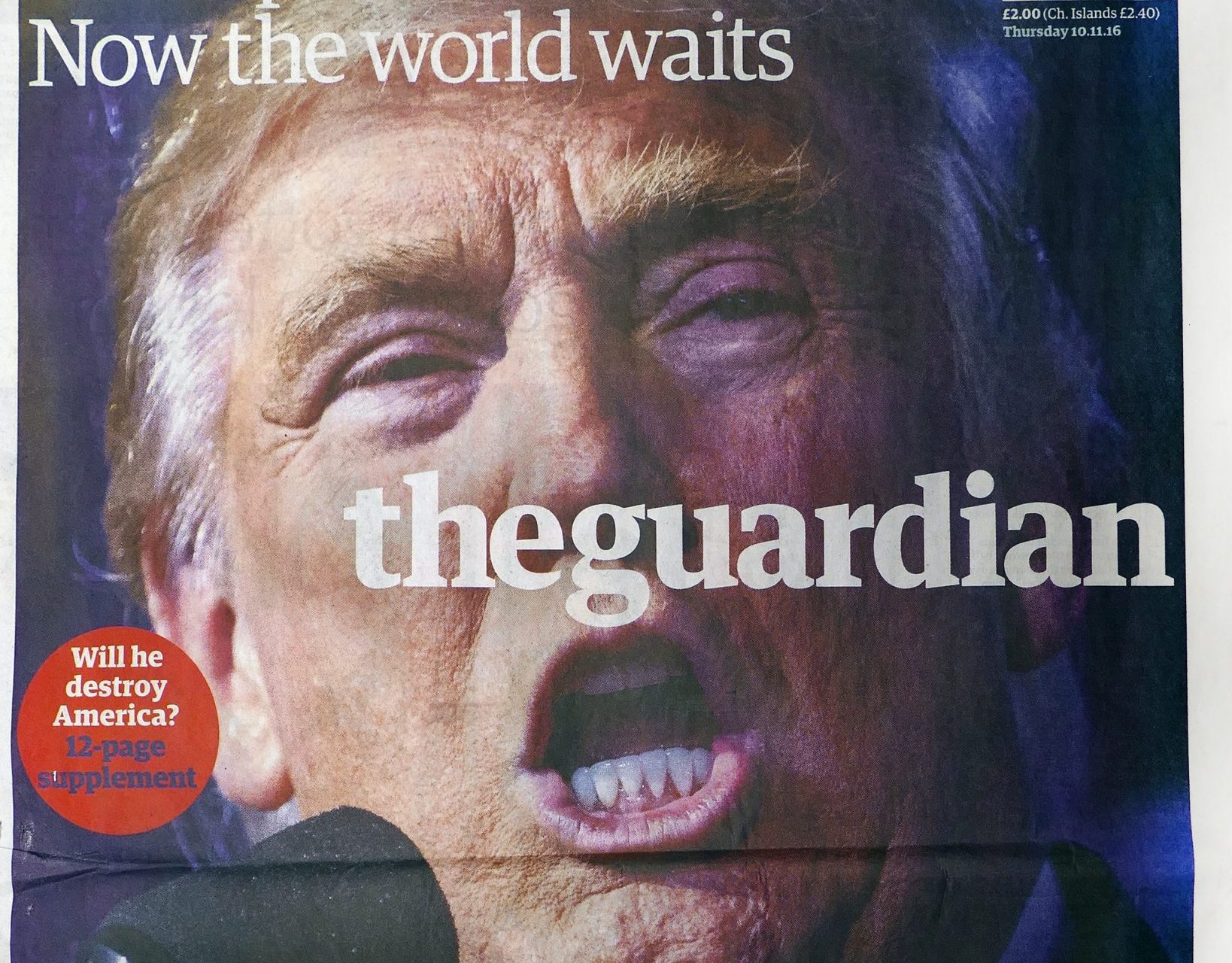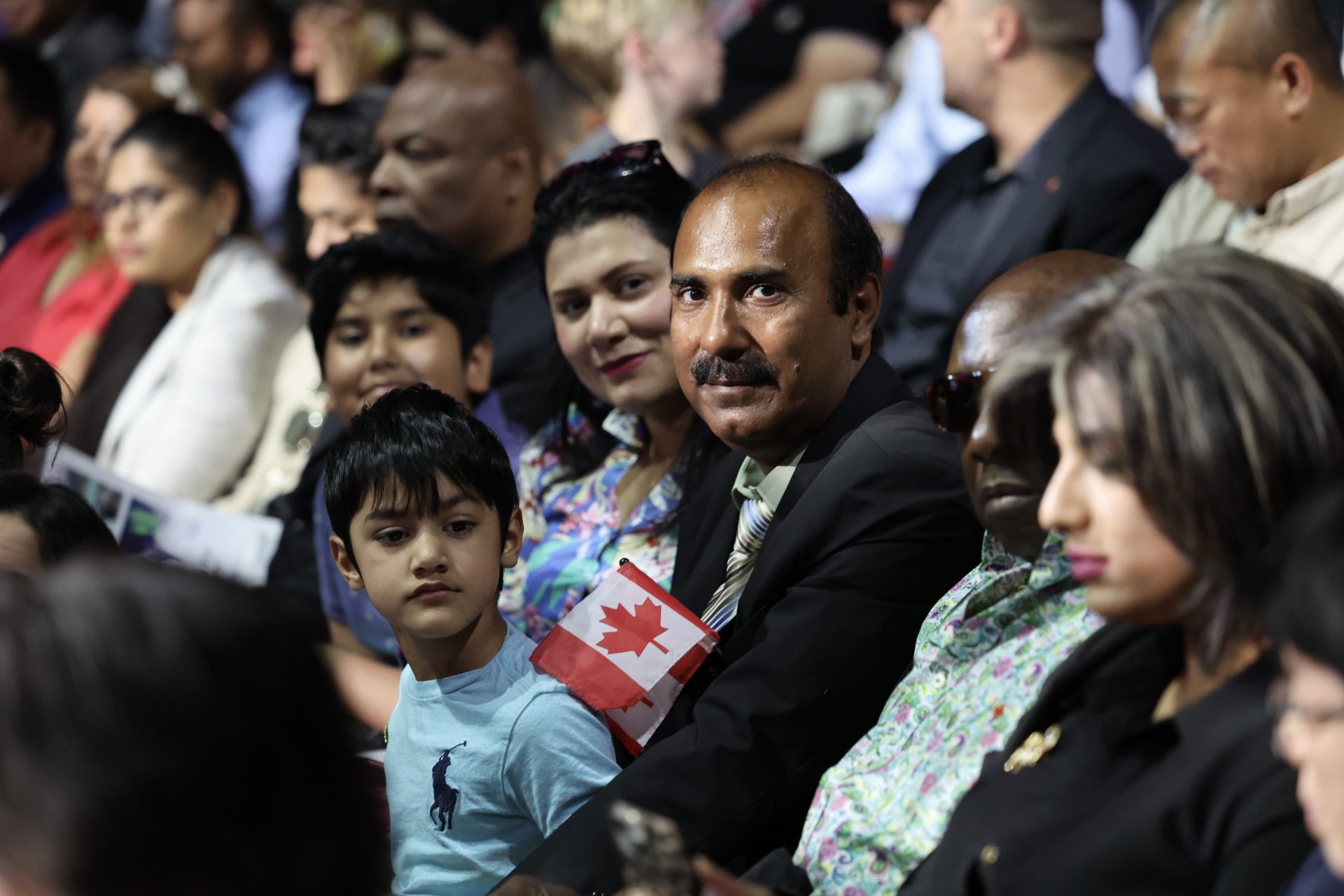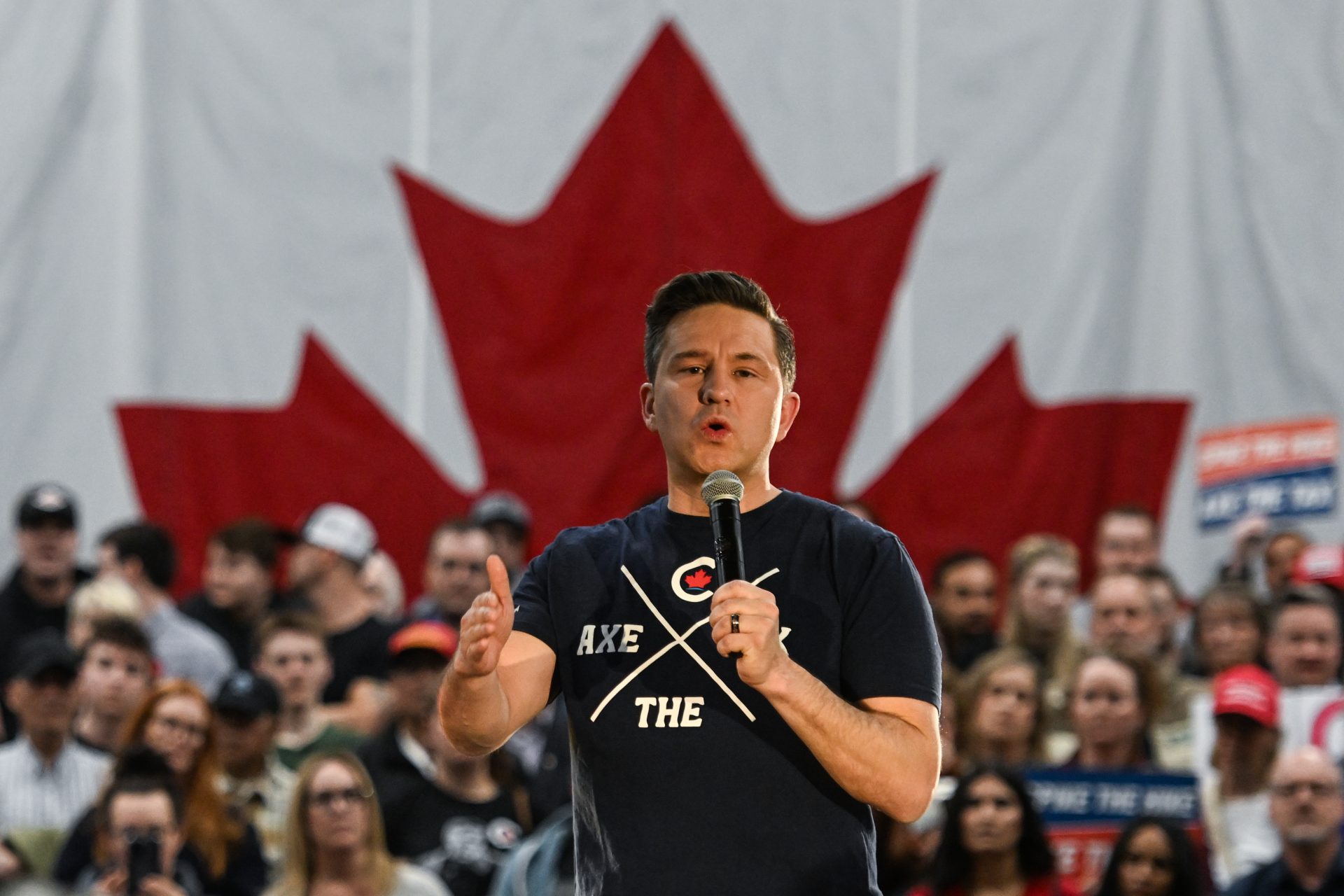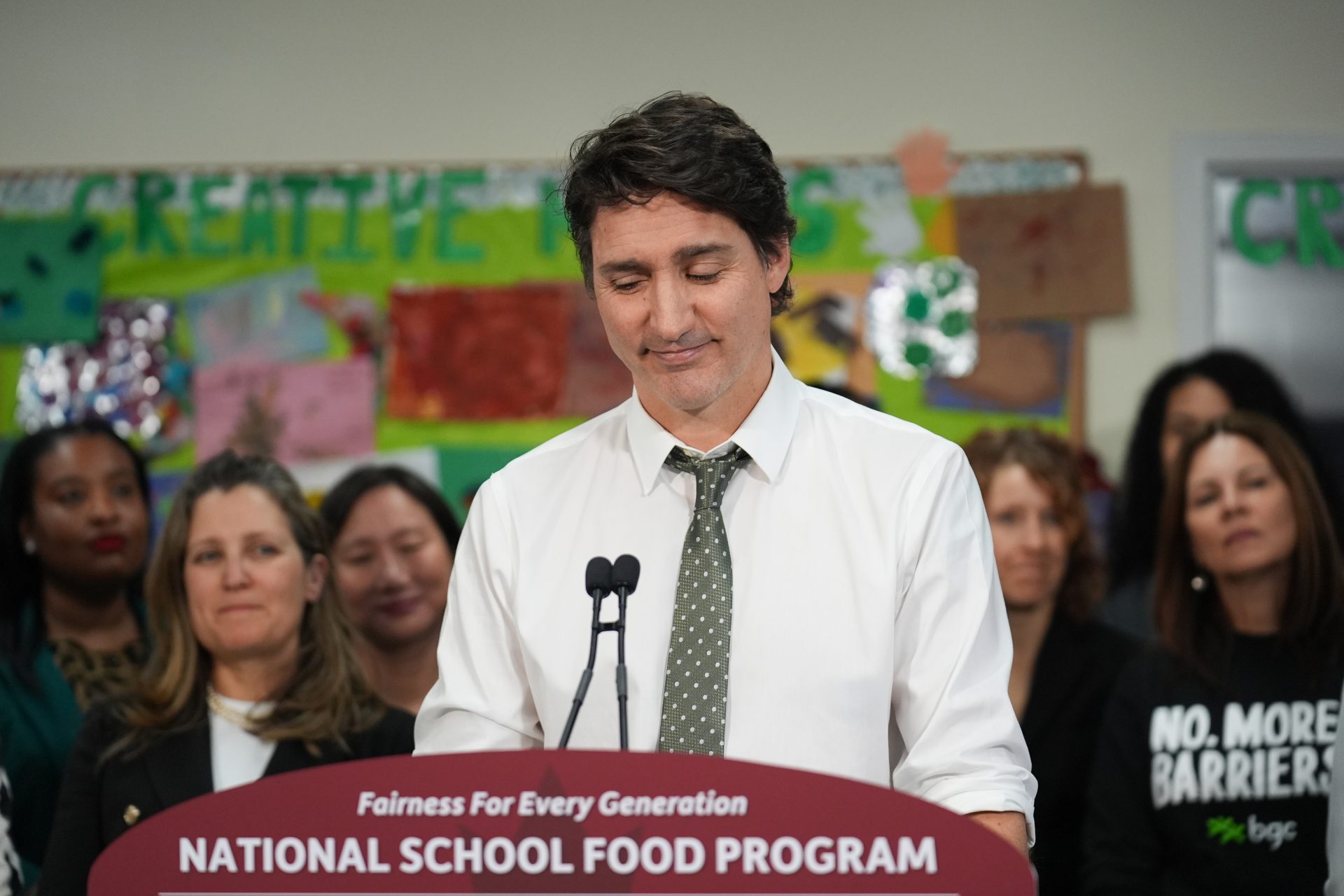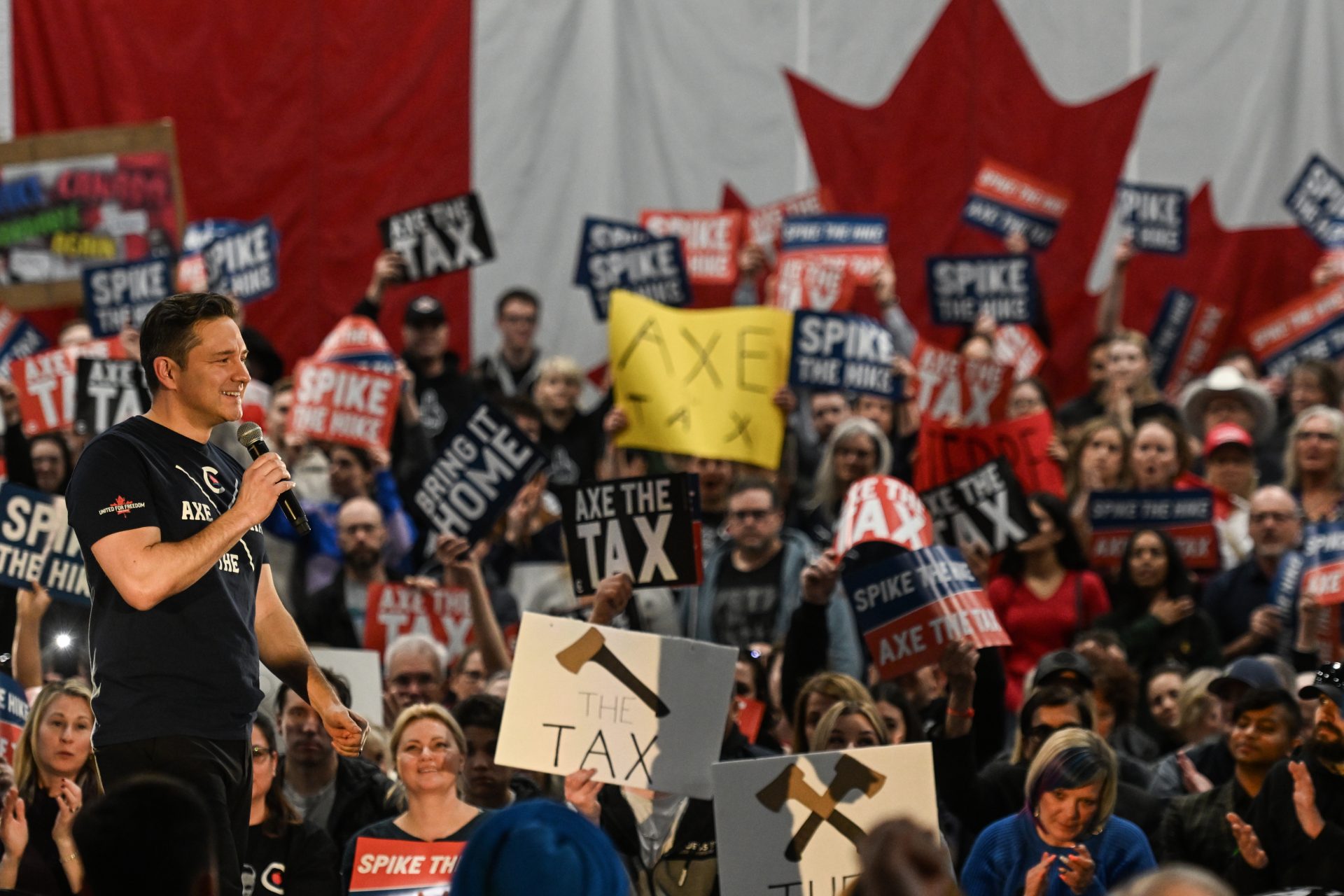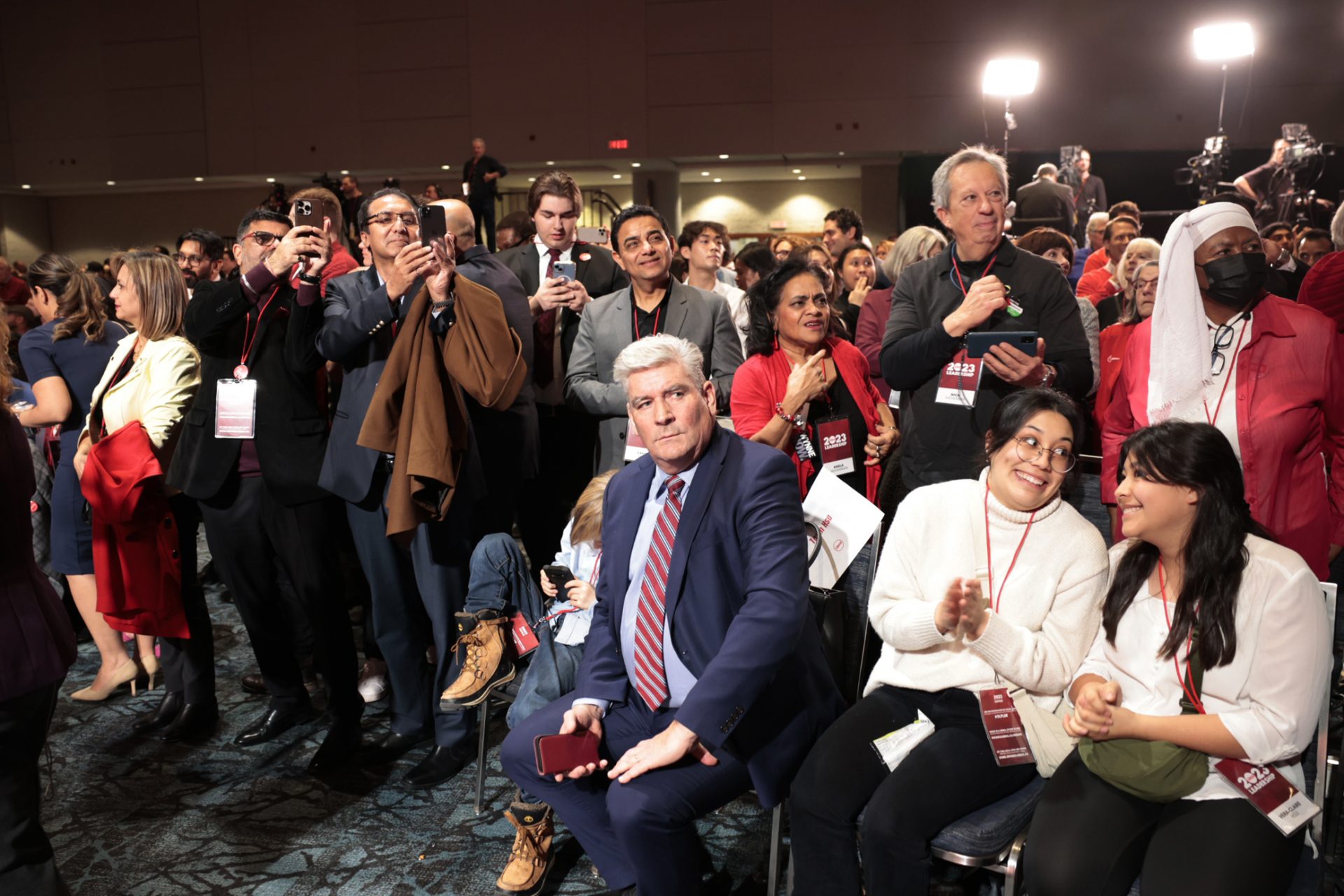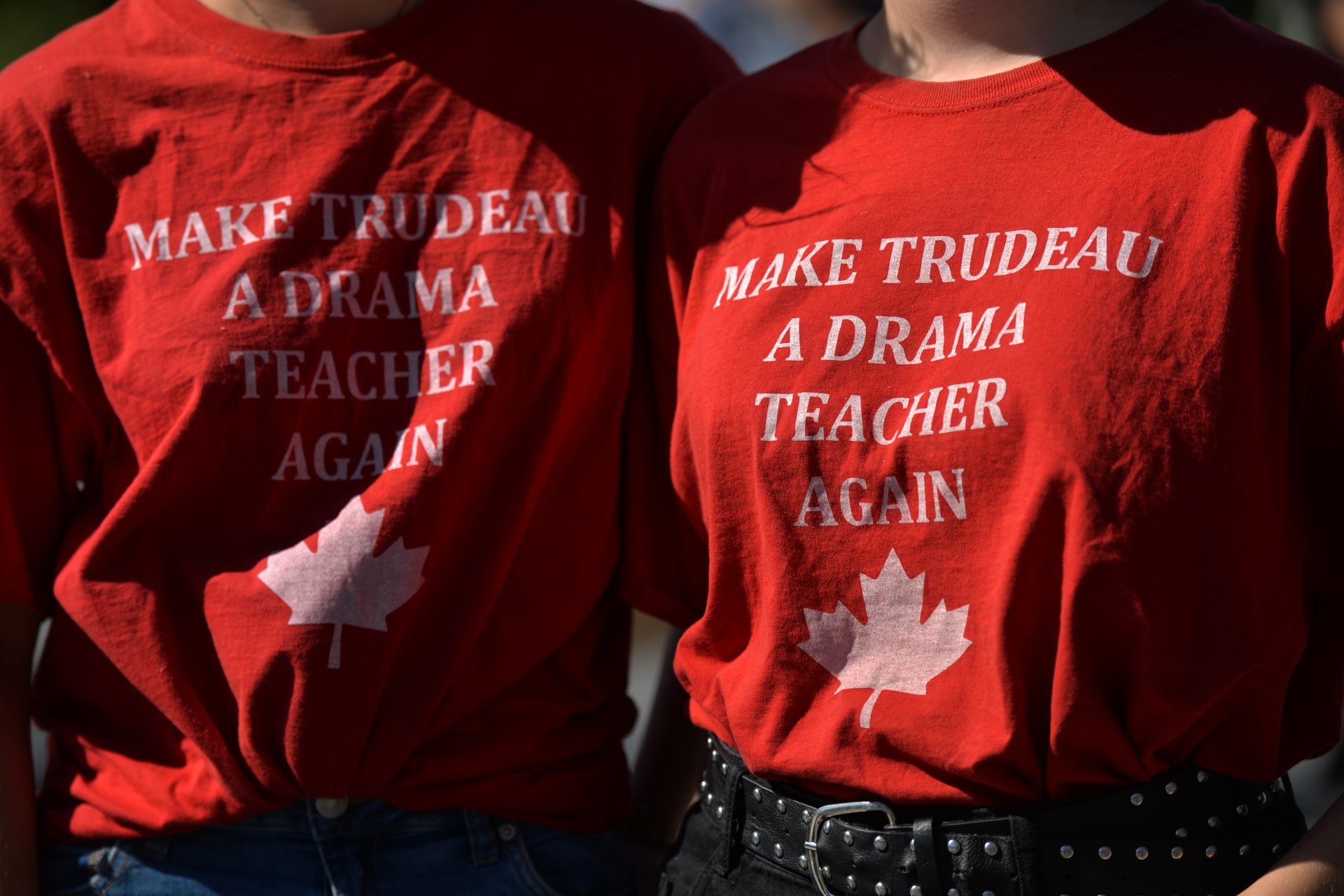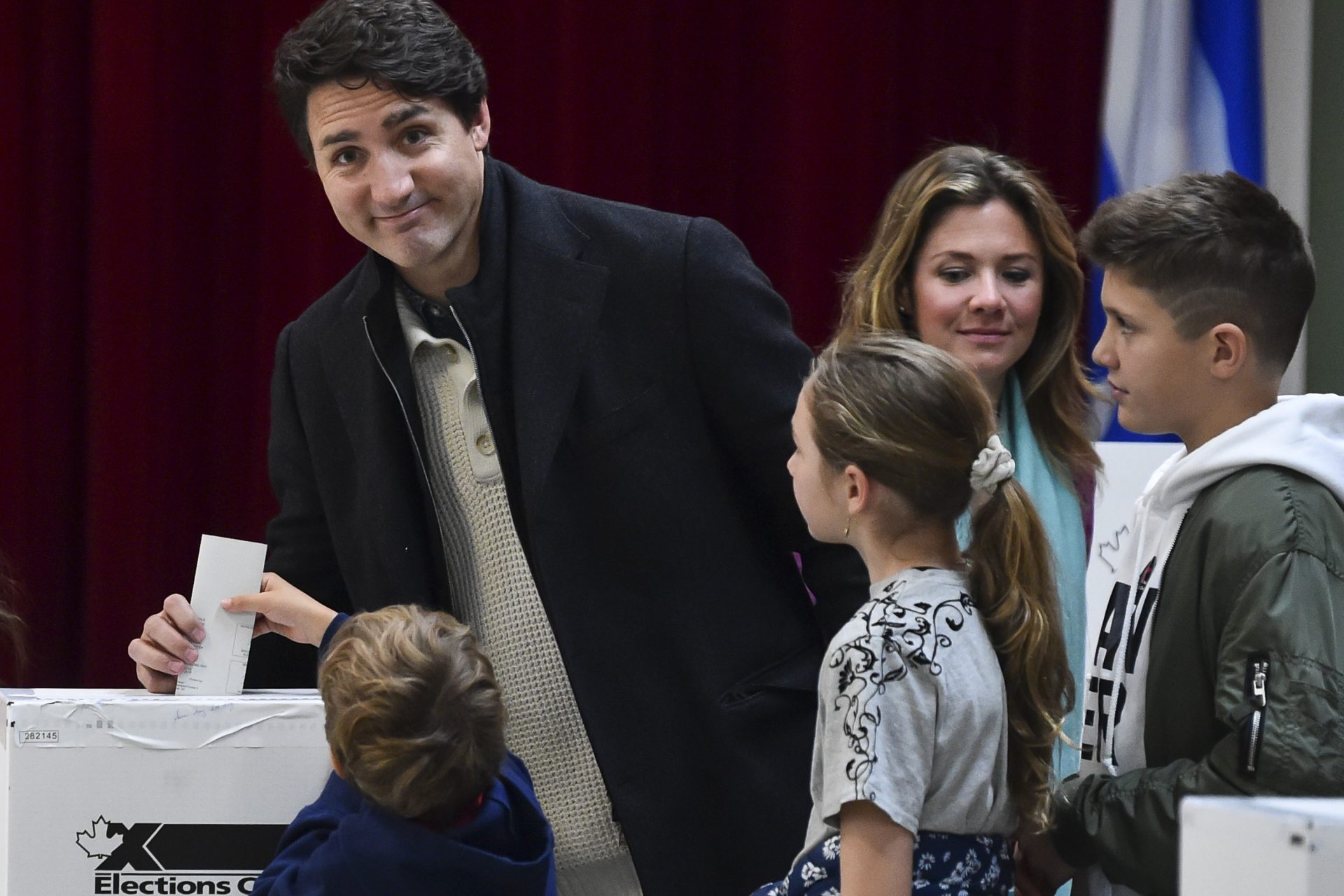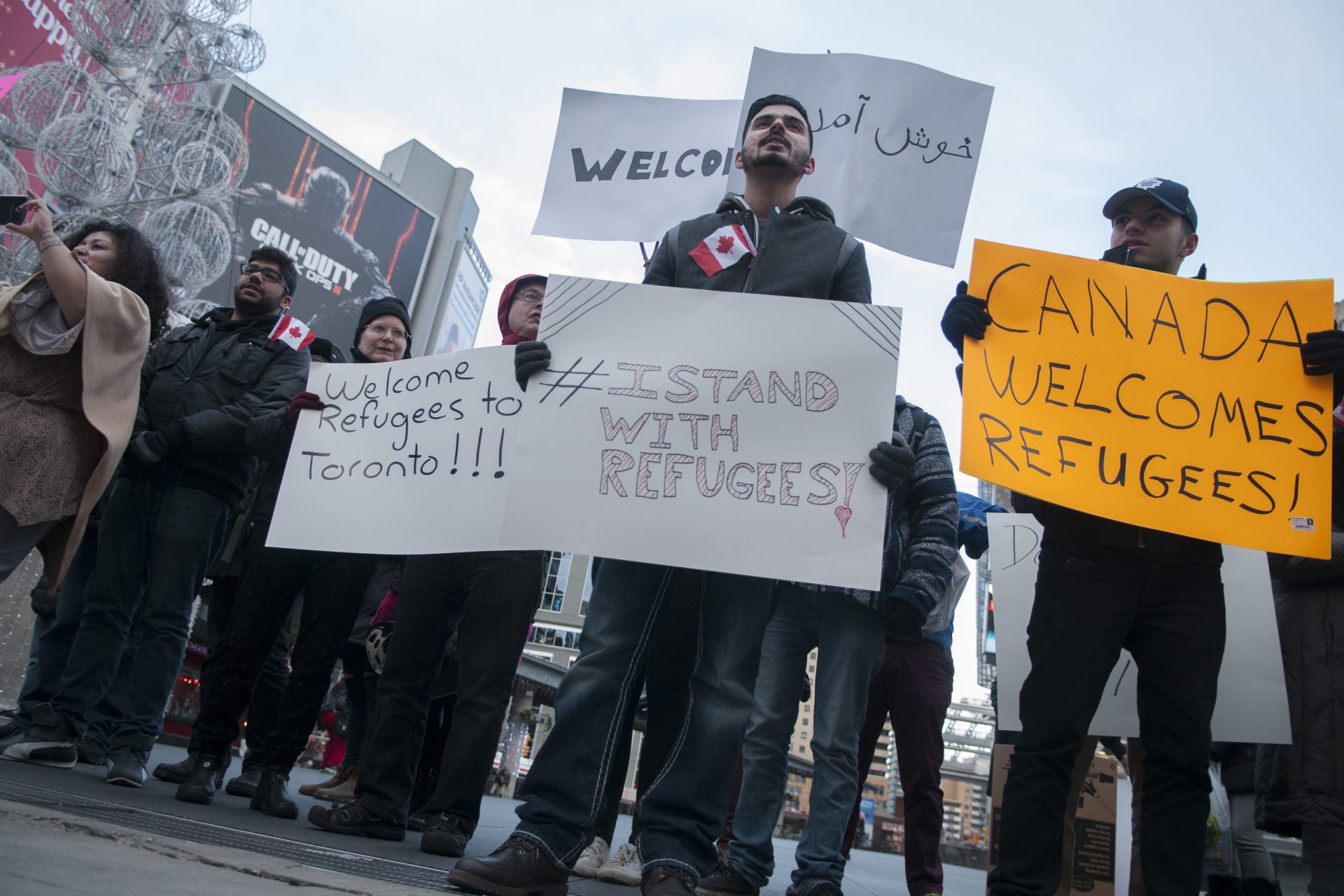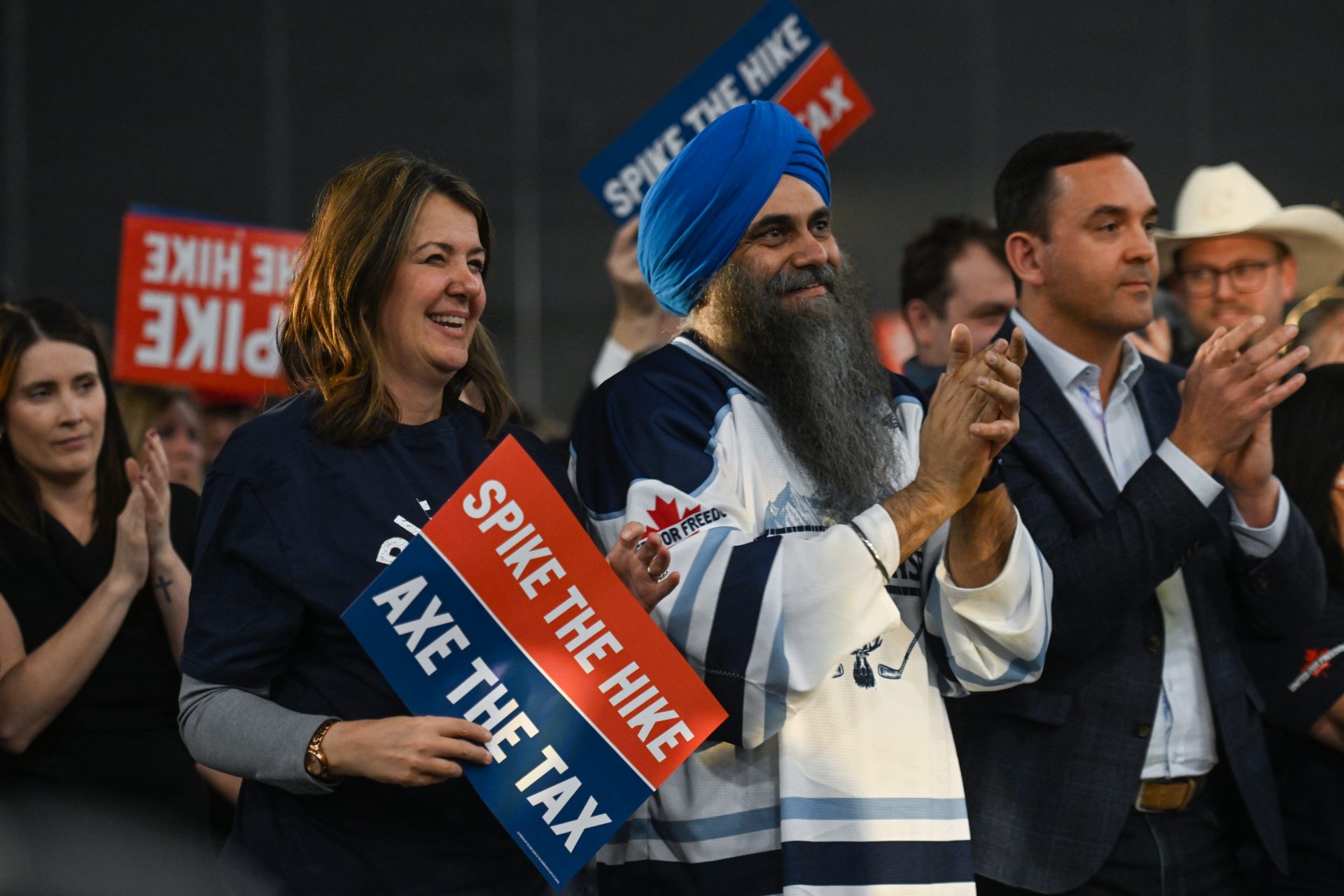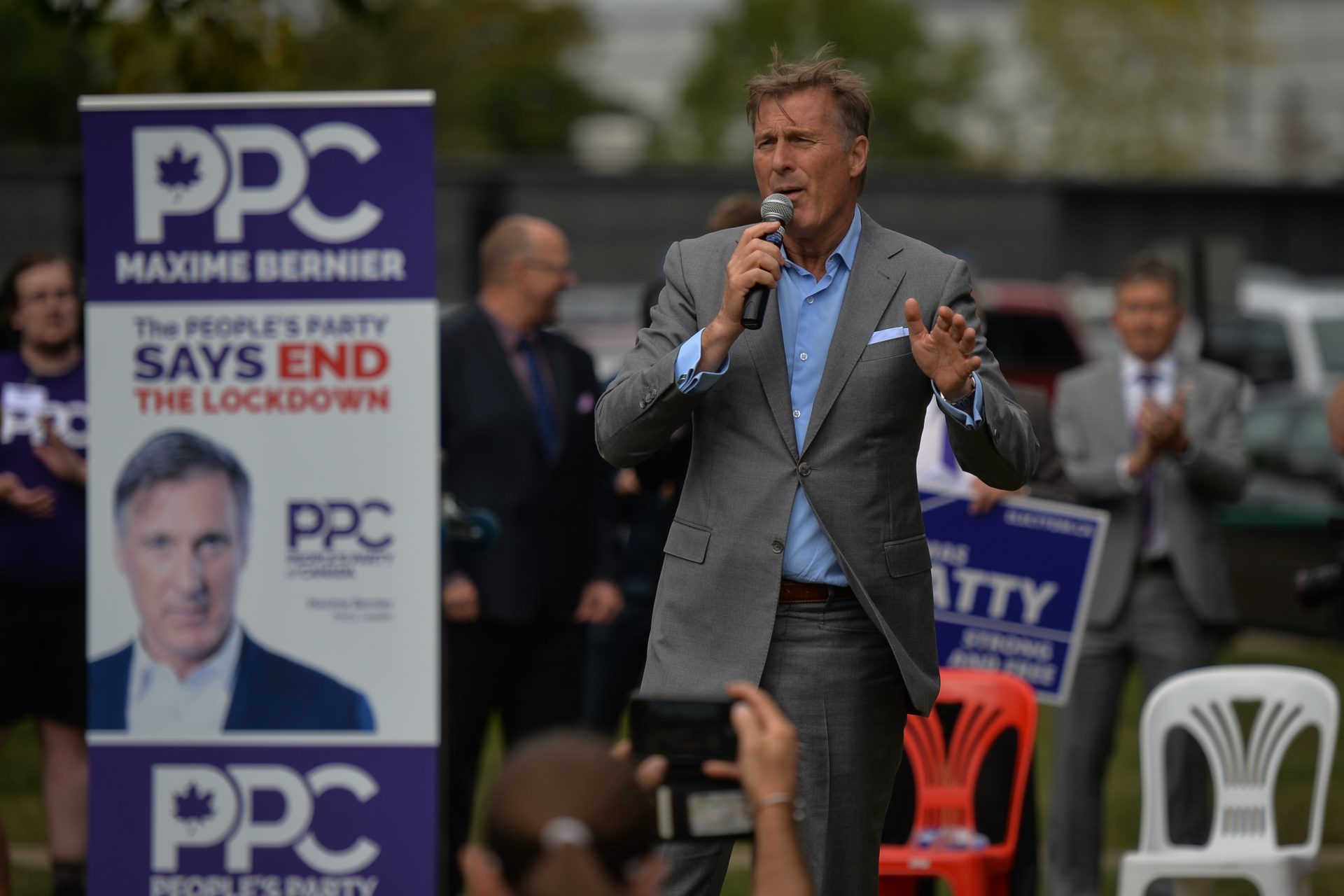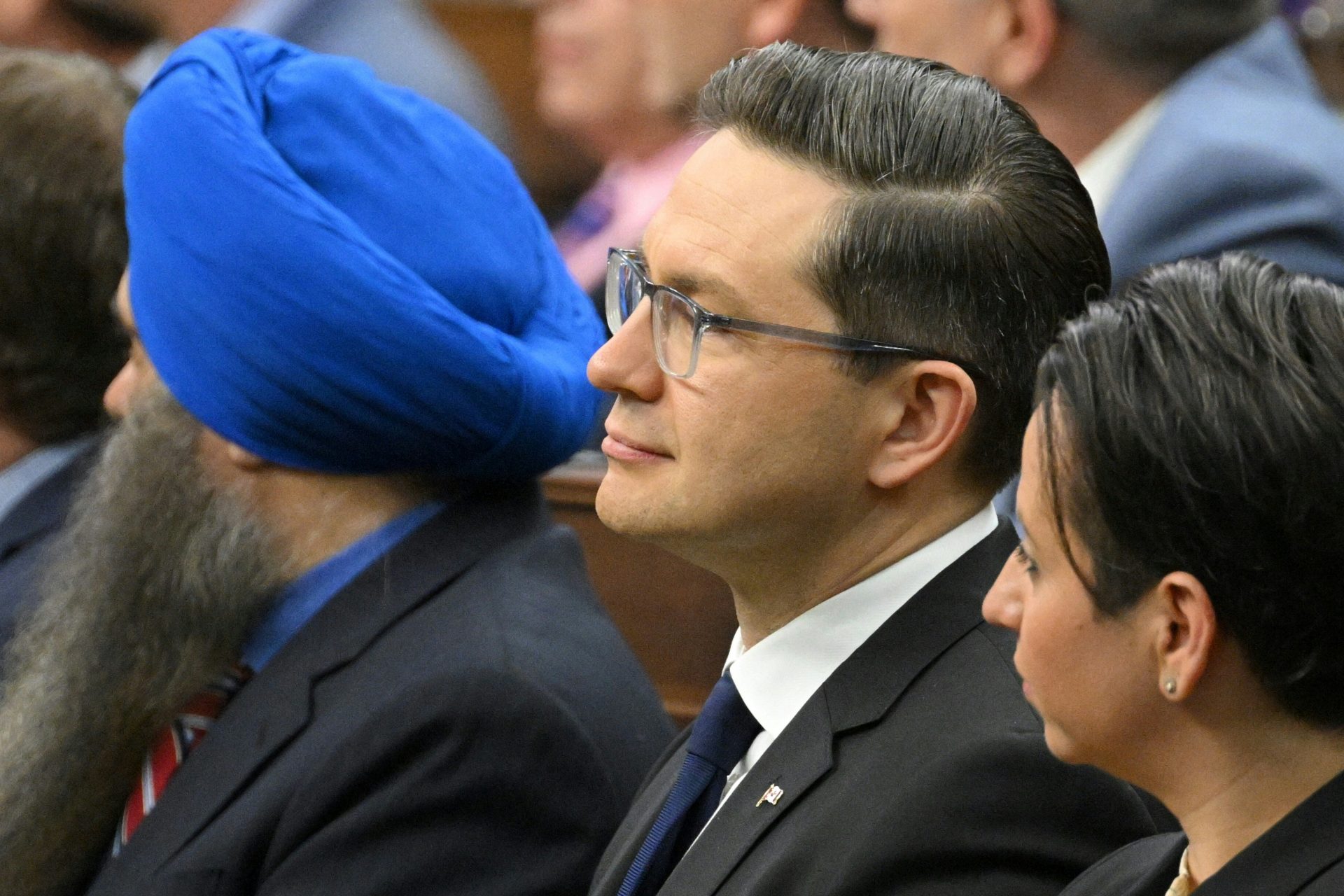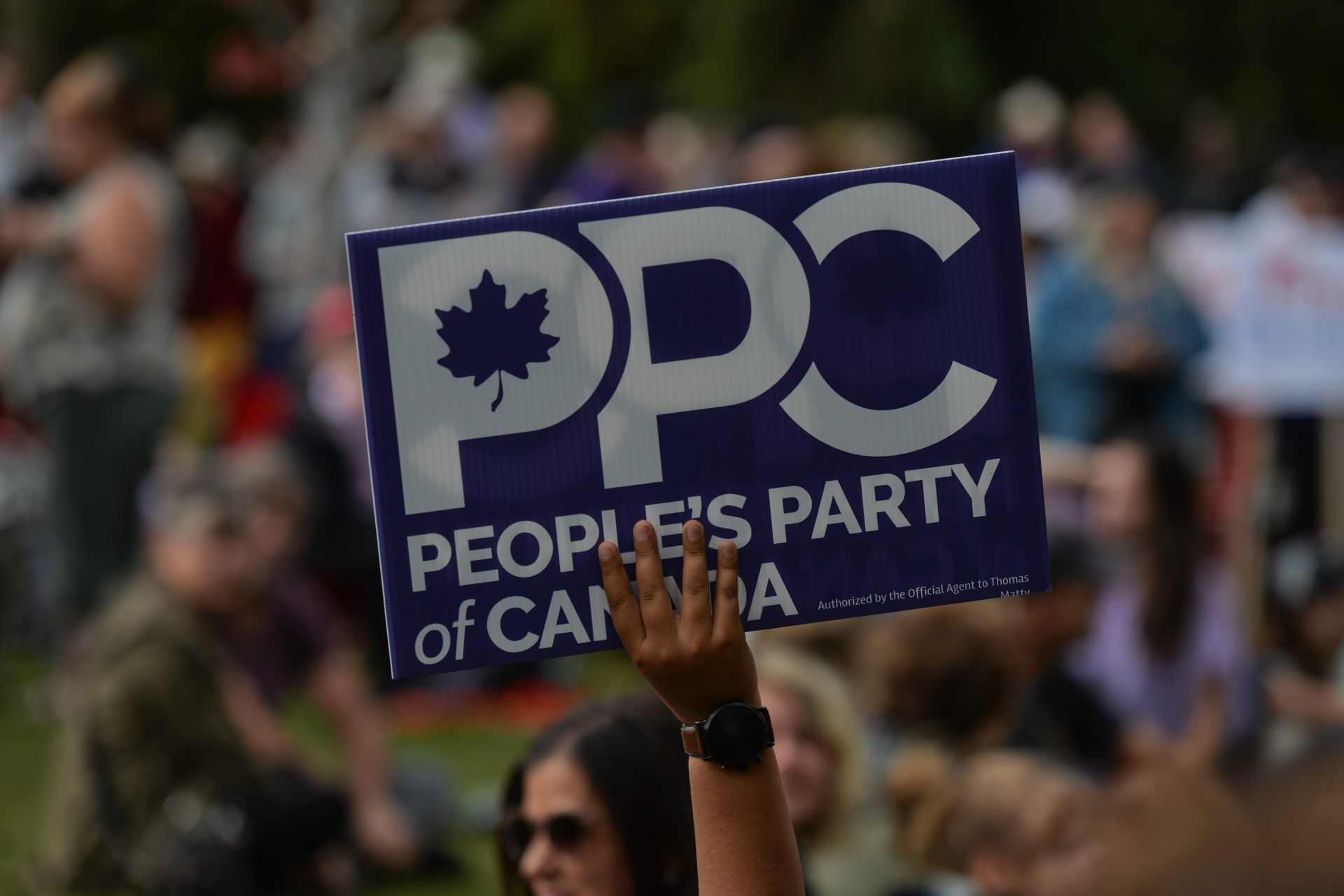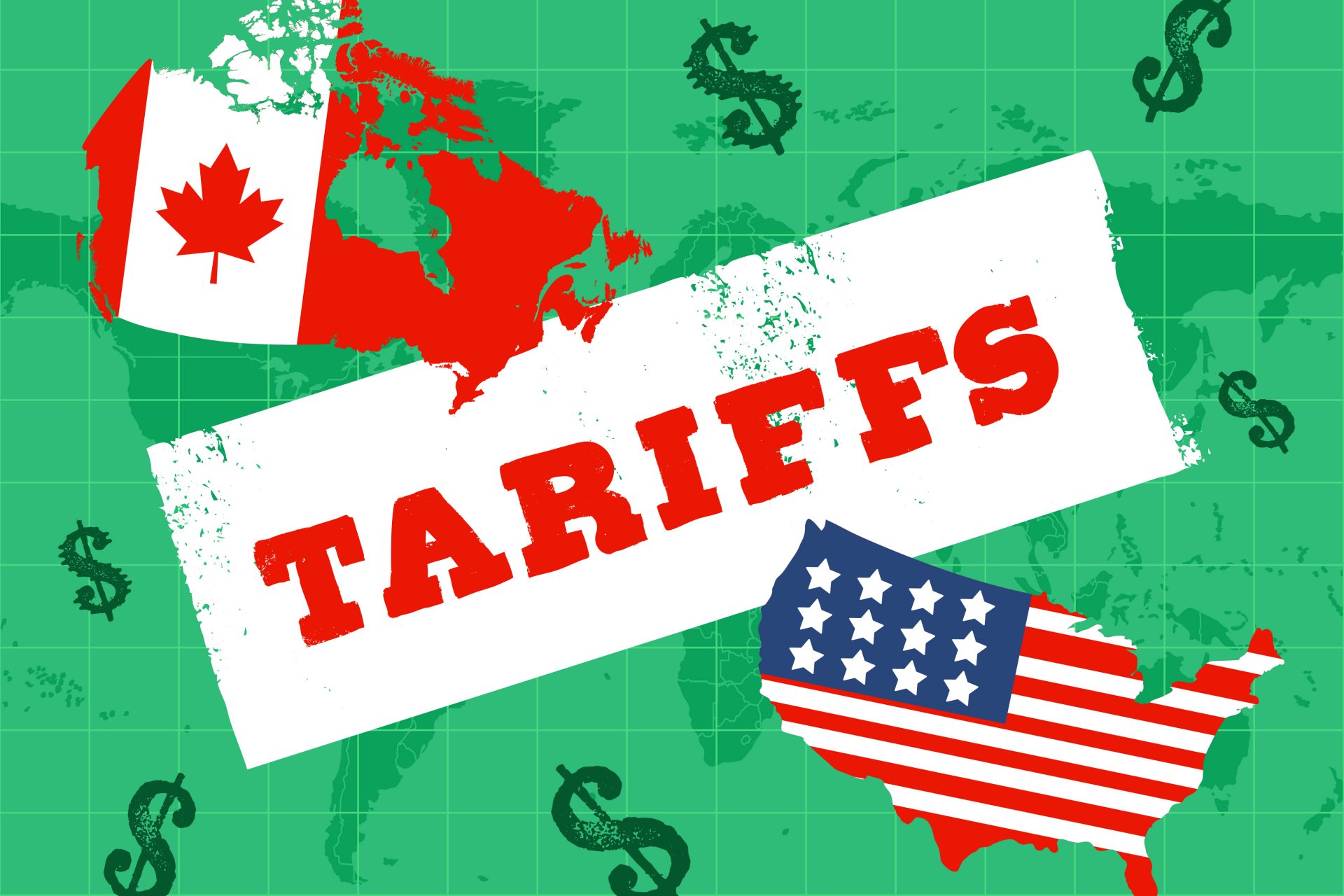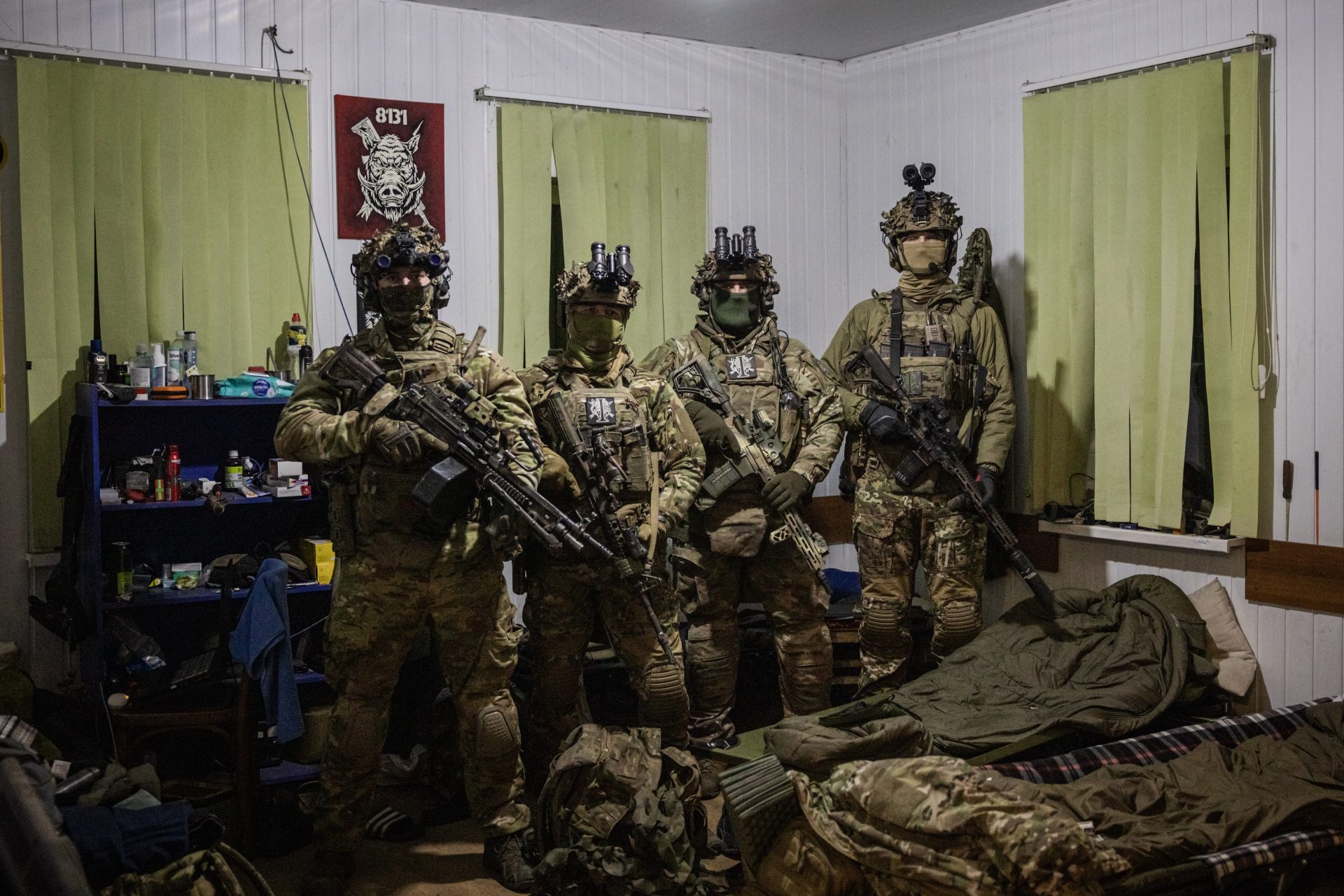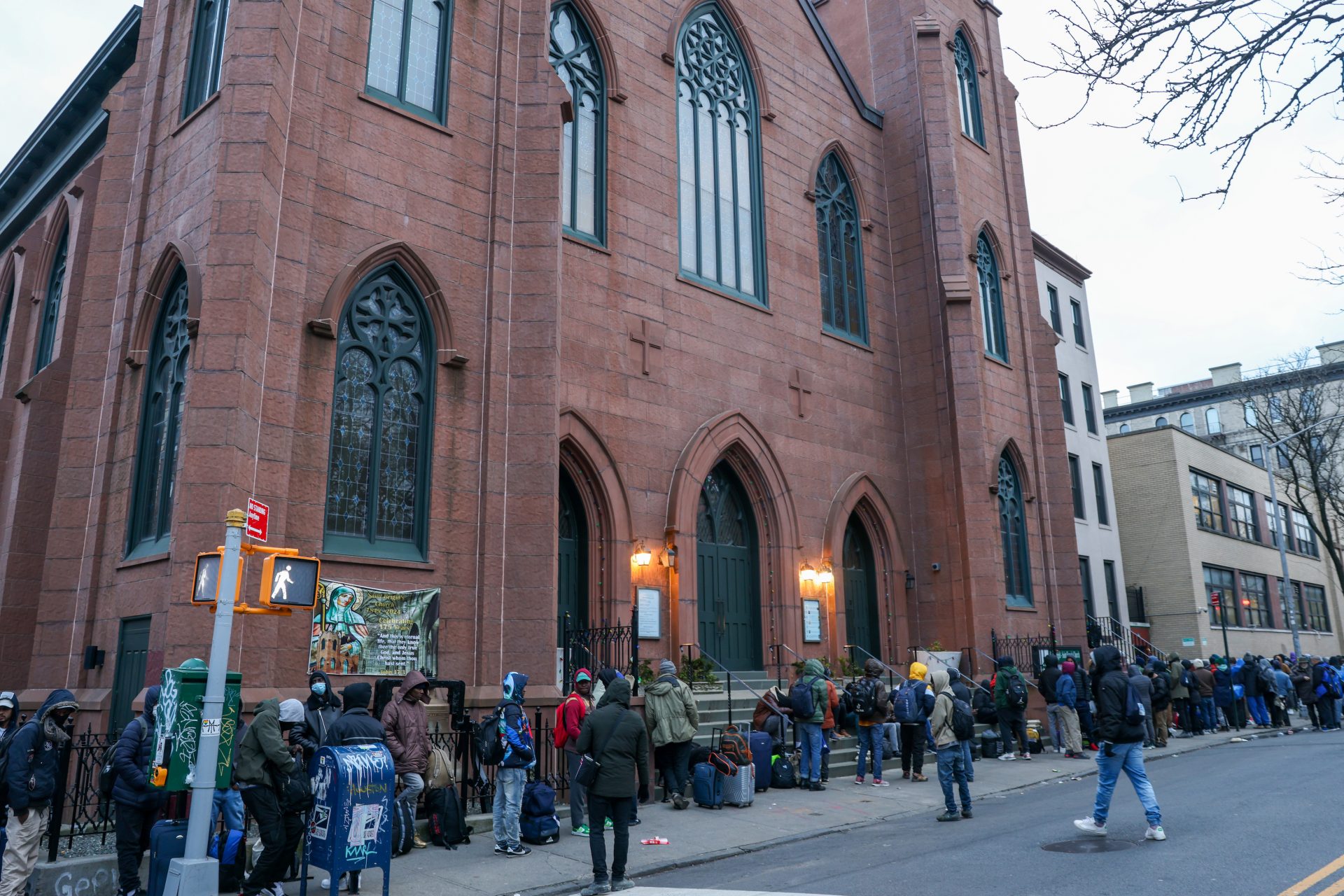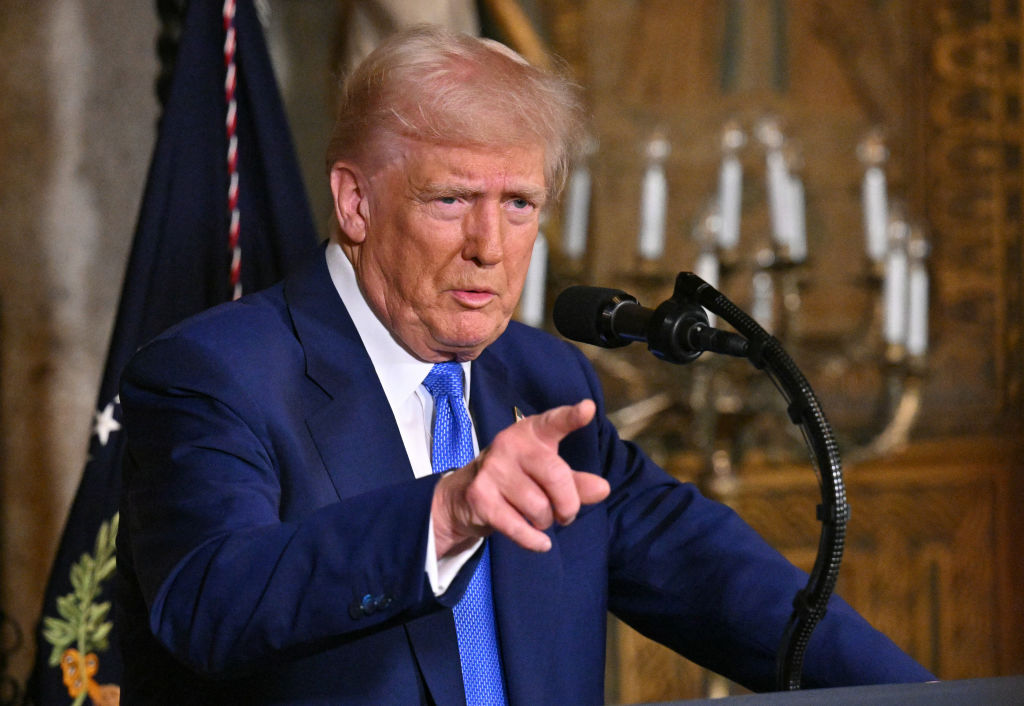Canada has a political perception problem that should worry the country
In August 2024, the Canadian market research and public polling firm Research & Co. published the results of a new study looking at a major problem facing Canada: voters all saw themselves as being a part of the center rather than the right or left.
Ever since Donald Trump exploded onto the American political scene in 2015, some pundits in Canada have said that more and more Canadians have adopted extreme political views, but most individuals don’t seem to hold the same opinion.
The latest data from Research & Co. on perceptions of political beliefs in Canada uncovered that a majority of Canadians see their views as being in the center of the political spectrum rather than to the left or right.
In an online survey of 1,002 Canadians, 44% said they regarded the Conservative Party as “right” or “extreme right” while 33% thought the Liberal Party was “left” or “far left” but the trend didn’t quite hold when respondents were asked to self-assess political beliefs.
Only 4% of people, or less than one in twenty Canadians, described themselves as part of the extreme left or extreme right when they were asked to place themselves and their beliefs on the political spectrum. But the findings got even more interesting.
Most Canadians don’t even identify themselves as right or left according to a report on the polling results from Research & Co.’s President Mario Canseco. A majority of people liked to describe themselves as being a part of the center rather than right or left.
Less than one in ten respondents identify as either right or left, with just 9% percent of people saying they fit that political description whereas 33% said they were a part of the center, 15% a part of the center-left, and 14% a part of the center-right.
The poll results are even more intriguing when looking at how respondents were broken down by age. “Almost two in five Canadians aged 55 and over (39%) say their political views are at the center,” Canseco explained.
Canseco added that the portion of those who described themselves as at the center of the Canadian political spectrum got lower with age with 34% of those aged in-between 35-to-54 saying their views were center and 27% of 18-to-34 year-olds saying the same.
The data revealed that there is a stark difference in political opinions on how Canadians define themselves and their political views by age. The younger one was the more likely they were likely to admit their views were either extreme right or extreme left.
“Just under a third of Canadians aged 18-to-34 (31%) describe themselves as extreme right, right or center-right. Fewer than three in ten Canadians aged 35-to-54 (27%) and aged 55 and over (23%) rely on any of the same three categories,” Canseco wrote.
“Similar proportions of Canadians aged 18-to-34 (28%), aged 35-to-54 (27%) and aged 55 and over (also 27%) say they are center left, left or extreme left,” Canseco explained. The results differed quite a lot from what respondents said about others and their views.
When the respondents were asked to define each of the six federal Canadian parties on a political spectrum from the extreme left to the extreme right, 44% of people noted that the Conservative Party was either right or extreme right.
Only 33% of respondents labeled the Liberal Party as left or extreme-left while 36% said the for the New Democratic Party and 29% for the Green Party. The People’s Party and Bloc Québécois were more difficult to place for some respondents.
“About a third of Canadians (32%) are undecided when asked to place both the Bloc Québécois and the People’s Party on the political spectrum,” Canseco explained.
“Respondents were more likely to brand each of the two parties as extreme right or right (18% for the Bloc Québécois and 26% for the People’s Party) than as extreme left or left (15% and 10% respectively),” Canesco added.
Half of respondents (50%) described Liberal leader Justin Trudeau as left, center-left, or extreme-left while 55% defined Conservative leader Pierre Poilievre as right, center-right, or extreme-right.
“Elizabeth May of the Green Party and Jagmeet Singh of the NDP are regarded as center left, left or extreme left by 40% and 41% of Canadians respectively,” Canesco noted
35% of individuals said they saw the People’s Party leader Maxime Bernier as extreme right, right, or center-right whereas 28% said the same for Bloc Québécois leader Yves-François Blanchet.
If one thing is clear from all the data, Canadians view themselves as more in the center than their political rivals, which means they could be more divided than ever on politics and a lot more like their politically divided American neighbors than most would be willing to admit.
More for you
Top Stories



